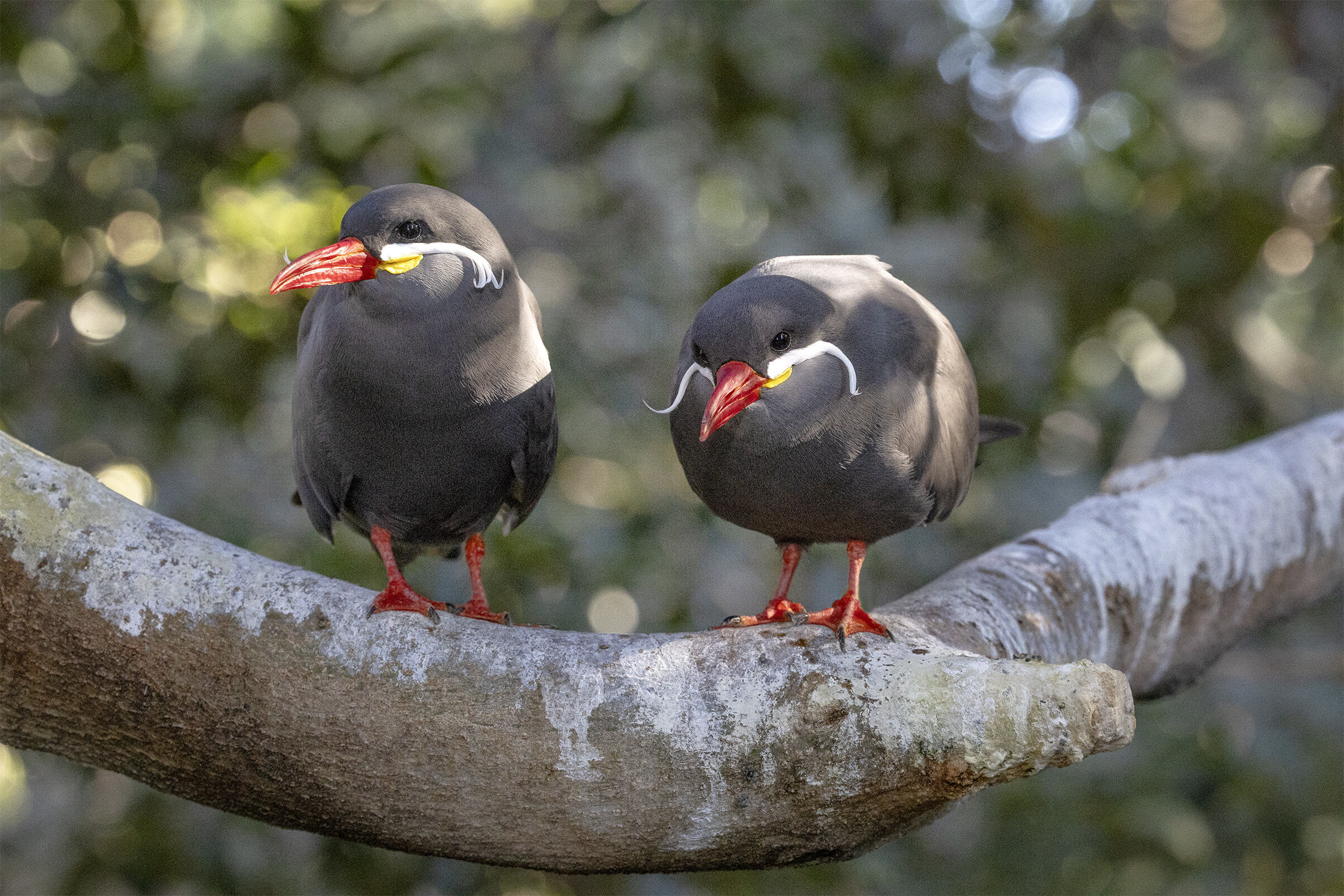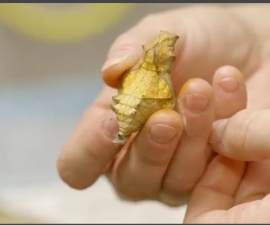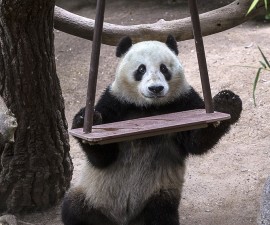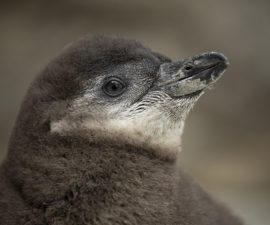BY Peggy Scott
Senior Editor of San Diego Zoo Wildlife Alliance Journal
Exploring the Safari Park’s Newest Aviary
For many birds at the San Diego Zoo Safari Park, it’s looking a lot like rain—well, rainforest, actually—and these winged wonders are taking to their new habitat like a duck to water. And while not all its birds (or greenery) are native to rainforest habitats, the Rainforest Aviary has become a special little world of its own, with species coexisting in harmony.

Located adjacent to Flightline Plaza on Nairobi Walk, the Rainforest Aviary inhabits space once occupied by Lorikeet Landing and is now home to numerous avian species. “As you enter the aviary, it just has a rainforest feel to it,” explains Andrew Stehly, curator of birds at the Safari Park. “There are sprinklers on top of the aviary that turn on multiple times a day during the warmer months. The birds love it, and it really looks like a rainforest.”
Setting the Mood
The feeling of immersion begins even before entering the aviary. “With their large canopies and massive trunks, the large specimen trees surrounding the aviary create the rainforest experience,” says John Musser, horticulture manager at the Safari Park. From the glossy-leafed Chinese mahogany and leguminous tropical ice cream bean tree to the hardy tulipwood tree and yellow-flowered sweetshade, the beauty of the aviary isn’t limited to just the feathered inhabitants. The elegant leaves of the evergreen long-leafed yellowwood are particularly attractive to birds, and the lush fern pine thrives in warm weather. The fragrant mock orange beckons with its sweet scent, and the umbu tree—the mango’s massive cousin—sits at the aviary exit, waiting to “wow” guests.
On the Bill
Inside the Rainforest Aviary, several ficus trees serve as broad, shady perches and homes for the birds. As guests walk through the aviary, various bird species may cross their path, either on the ground or above. With its lyrical call, it’s possible you’ll hear the white-crested laughingthrush before you see it, but once you do, there’s no mistaking its black eye mask. And while rare in North American zoos, Congo peafowl stroll proudly through the aviary, which is also home to midsize, red-eyed metallic starlings; diminutive but brightly marked red-breasted geese; and the plump, short-winged, purple-tailed imperial pigeon.
Each walk through the Rainforest Aviary is a unique opportunity. On one visit, you may happen upon Madagascar crested ibises as they perform their elaborate courtship display. Inca terns might dive into the pool as they try to catch fish. The aviary’s pool is also popular with African pygmy and red-breasted geese, as well as the brightly billed scaly-sided mergansers.
Keep an eye out for the African spoonbill—the long legs and round-ended beak are telltale characteristics. Another wading bird fond of the pond is the spur-winged lapwing, which can be identified by their coloration—brown back feathers with white necks and bellies and black legs. And is that a monkey you hear? Nope—that would be the frugivorous red-crested turaco making its presence known with its signature 10-second, whoop-and-croak call. Should a beautiful, snow-white bird with black-tipped tail feathers and wings alight nearby, that’s a Bali myna. Blue eye patches are another clue to this critically endangered bird’s identity.
Between the wide array of bird species and types of plant life here, the Rainforest Aviary has a wealth of wildlife to be appreciated. Even those who find themselves there frequently see something new every time. “Wandering into the lush Rainforest Aviary, you encounter busily chattering birds and breathe in earthy aromas,” says Raj Brown, director of horticulture at the Safari Park. “You see sinewy ficus trees, and as you leave the aviary you are met by one of my favorite trees, the huge umbu tree. Rainforest Aviary is such an immersive and unique experience—you don’t want to miss it.”
Take a stroll amongst the birds and plan your visit to the new Rainforest Aviary at the San Diego Zoo Safari Park.









